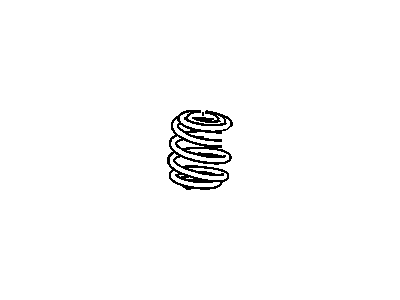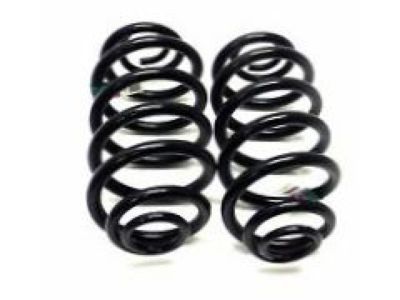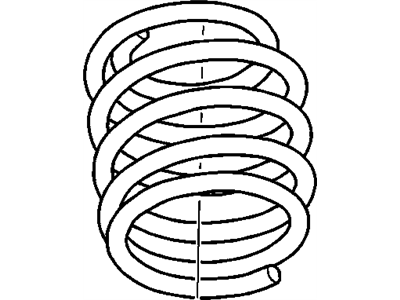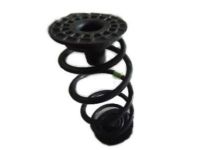
My Garage
My Account
Cart
Genuine Pontiac G6 Coil Springs
Strut Spring- Select Vehicle by Model
- Select Vehicle by VIN
Select Vehicle by Model
orMake
Model
Year
Select Vehicle by VIN
For the most accurate results, select vehicle by your VIN (Vehicle Identification Number).
19 Coil Springs found
Pontiac G6 Rear Spring
Part Number: 22731055$42.39 MSRP: $76.04You Save: $33.65 (45%)Ships in 1-2 Business DaysPontiac G6 Rear Spring
Part Number: 22731053$88.25 MSRP: $158.29You Save: $70.04 (45%)Ships in 1-3 Business DaysPontiac G6 Rear Spring
Part Number: 15243844$47.92 MSRP: $90.41You Save: $42.49 (47%)Ships in 1-2 Business DaysPontiac G6 Front Springs
Part Number: 20903314$50.30 MSRP: $98.18You Save: $47.88 (49%)Ships in 1-2 Business DaysPontiac G6 Front Spring
Part Number: 15238584$3.20 MSRP: $76.30You Save: $73.10 (96%)Ships in 1-2 Business DaysPontiac G6 Front Spring
Part Number: 15825085$39.64 MSRP: $75.91You Save: $36.27 (48%)Ships in 1-2 Business Days
Pontiac G6 Coil Springs
Pontiac G6 Coil Springs are parts that bear the car's weight and bounce over the imperfections and maintain the stability of your automobile avoiding them to sag and retain the right height. Linear rate springs, progressive, and the dual rate springs are others springs available in the market, and the springs differ in the level of stiffness and rate of compression. switching to variable rate or cargo coil can improve the gadget's performance particularly when handling bulky load. Also, dynamic coil and height adjustable springs are other aspects that allow adjustment of the vehicle's height without having to change the entire lowering kit. In conclusion, both the front and rear Pontiac G6 Coil Springs play a very important role in the stability, steering and tractions that are needed when driving over various surfaces.
Each OEM Pontiac G6 Coil Springs we offer is competitively priced and comes with the assurance of the manufacturer's warranty for the part. Furthermore, we guarantee the speedy delivery of your orders right to your doorstep. Our hassle-free return policy is also in place for your peace of mind.
Pontiac G6 Coil Springs Parts Questions & Experts Answers
- Q: How to remove the Coil Springs on Pontiac G6?A:To remove the rear wheels, start by loosening the lug nuts and blocking the front wheels to prevent the vehicle from rolling. Then, raise the rear of the vehicle and secure it on jackstands. Once the vehicle is properly supported, remove the rear wheels. Next, use a floor jack to support the lower Control Arm. Install a spring compressor tool and compress the spring until it is loose against the insulators between the body and lower control arm. Unbolt the outboard end of the lower control arm from the knuckle and lower the arm and the coil spring using the floor jack. Remove the coil spring from the control arm. If a new spring is being installed, carefully release the original spring from the compressor tool. If the spring is being reused, leave it compressed with the tool in place. To install the components, follow the reverse order of removal and tighten the lower control arm mounting fasteners to the specified torque.









